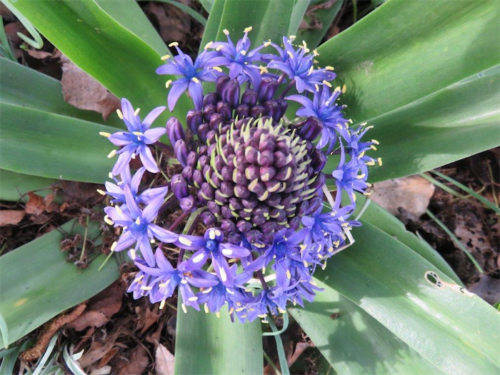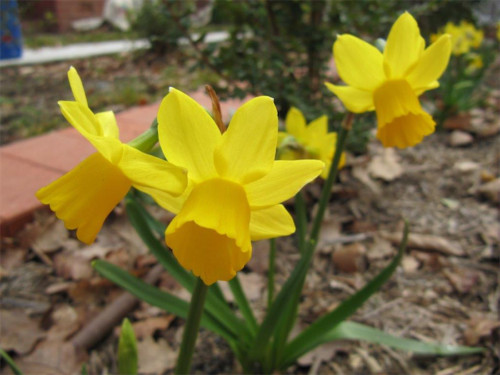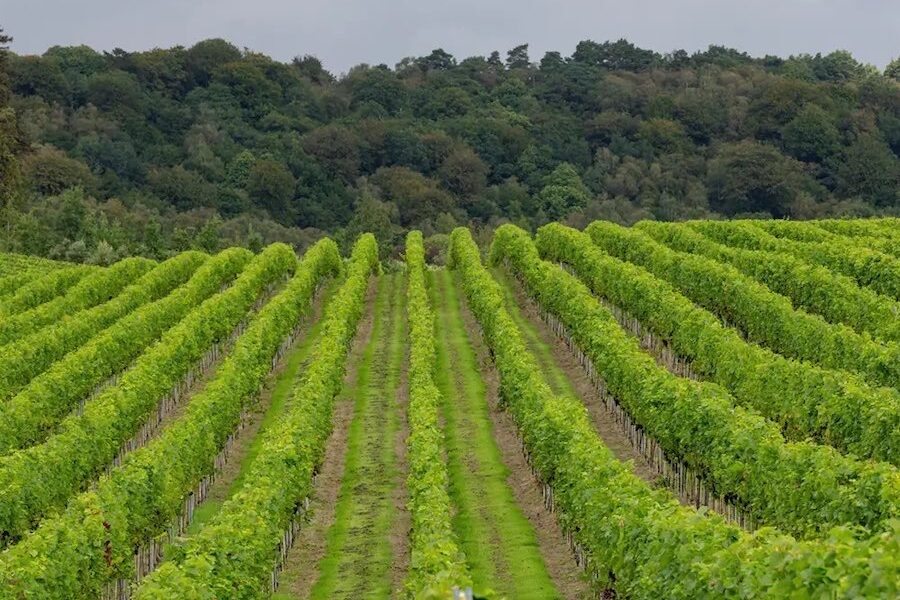
PERHAPS it’s time to remove some plants from your garden and multiply others.

I’m starting with our nature strip and Scilla peruviana, which grew from half a dozen bulbs planted 10 years ago to about 100. The young bright green shoots of Sedum, Autumn Joy, grow by the day, although they will not flower until autumn. Hebe, Inspiration, was planted about 10 years ago; but its days were numbered with a mass of old wood and a few pathetic leaves.
Decision time: do I remove or revitalise? I decided on the latter in mid-winter, cutting out all the dead wood and reducing the whole plant from 40cm to 20cm high. Then fed with certified organic Maxicrop Seaweed to which I added epsom salts (one heaped tablespoon in a nine-litre watering can) a few weeks ago. The result is amazing.
A STAND of Euryops pectinatus rewarded us with bright yellow daisy-like flowers for many years. However, their heyday was over, so out they came to be replaced with Euphorbia, Ascot Rainbow. This is a firm favourite in our garden with the variegated yellow and green leaves giving a lift to the area. This is my type of plant, worried by neither heat nor cold.
Rosmarinus, Blue Lagoon, had served us well for many years, both for its flowers and culinary uses, but its time had come, so out they came this winter. As this is such an outstanding and rewarding plant I replaced these with the same.
Lining our drive the leaves of the rich blue Dutch Iris planted some years ago have seemingly emerged from the ground to 30cm in a few short weeks. The jonquils and snowdrops just beating the early daffodils now in flower.
EVERY year after they flower, I heavily prune a stand of five crepe myrtles, grown as standards. This pruning is important, as they only flower on new wood. However, this year I have run out of time with the new buds well established; I will see if they flower this autumn.
Under these Lavandula angustifolia, English lavender is planted. After 10 years, this year will be their last before replacing. They don’t respond to cutting heavily into the old wood. Most importantly, it is too late to prune spring flowering shrubs; this is done after flowering.

Jottings…
- A last reminder to check dripper systems. I suggest you raise the lines above the ground to inspect, but still under mulch. Most probably, mulch will need to be renewed before the heat arrives.
- It is time to remove the primulas, violas and pansies to replace with petunias.
- When planting, whether it is shrubs or perennials, think in groups of threes, fives or sevens for the best effect.
Who can be trusted?
In a world of spin and confusion, there’s never been a more important time to support independent journalism in Canberra.
If you trust our work online and want to enforce the power of independent voices, I invite you to make a small contribution.
Every dollar of support is invested back into our journalism to help keep citynews.com.au strong and free.
Thank you,
Ian Meikle, editor




Leave a Reply